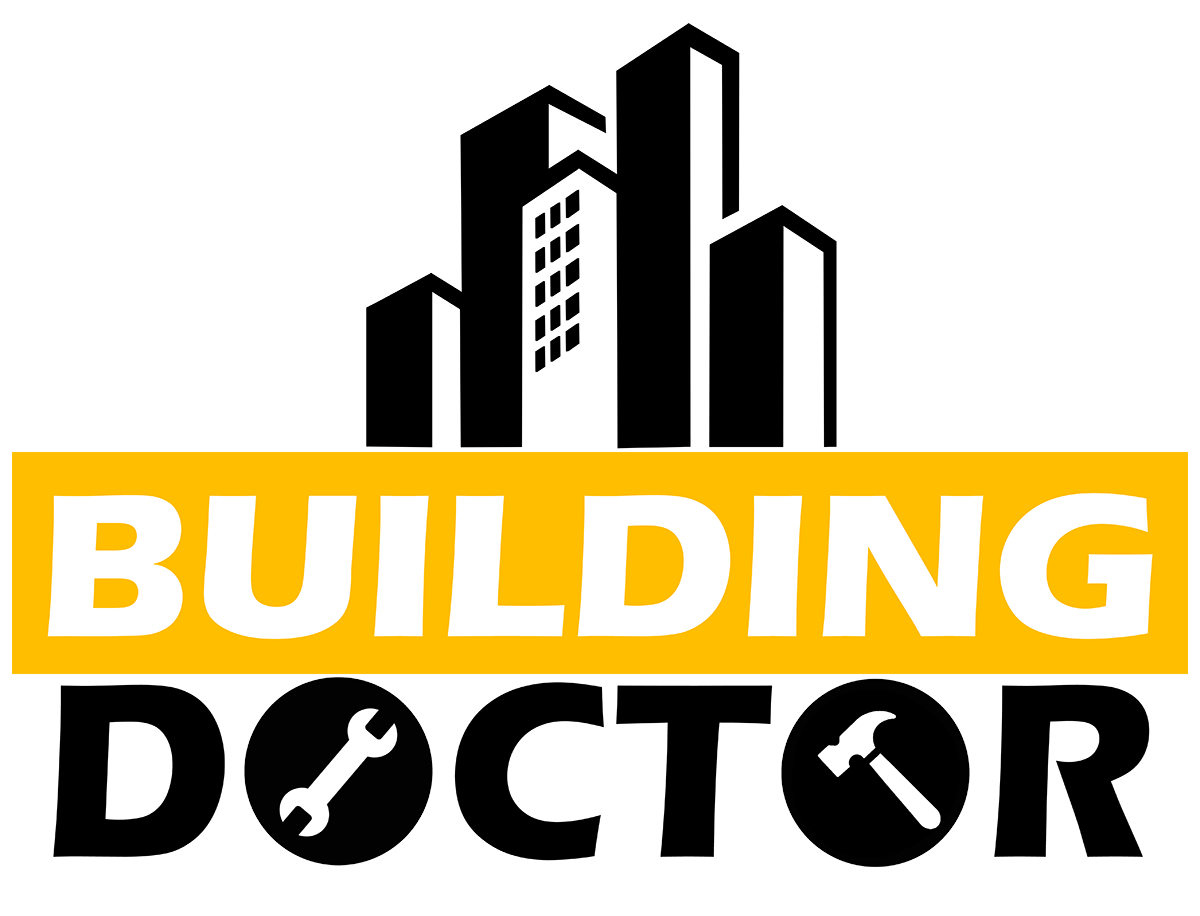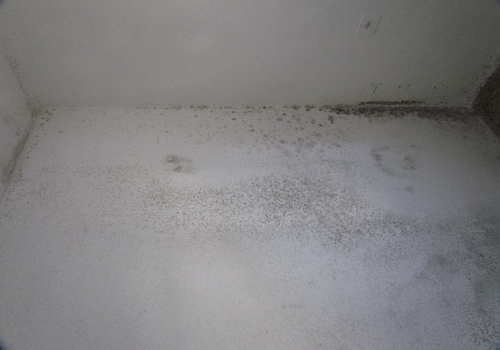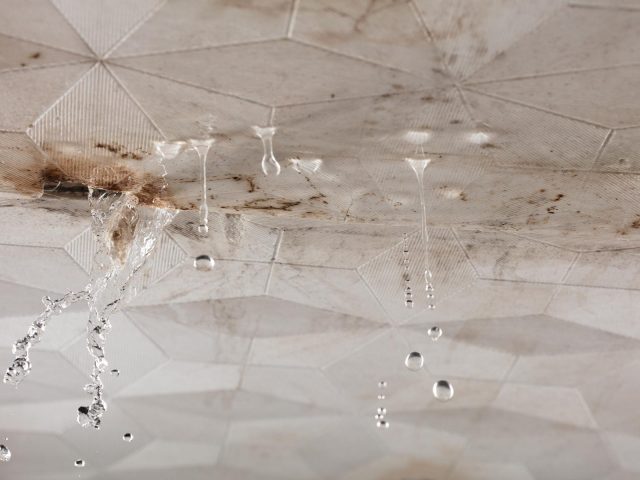Blog
Introduction
Building defects are generally referred to as flaws or deficiencies in the building where it gives rise to a failure in some aspect of the building structure. Building defects depends on several factors, be that in the design process, material of the building, workmanship, or even some combination of those three. Some building defects might just be minor but some could be very serious. In other words, the severity of building defects will vary based on the source of the issues and the exact nature of the problem.
Some of the most common types of building defects are as follows:
1. Cracking
Figure 1: Wall Crack
Cracking can be classified into two categories which are the non-structural crack and structural crack. Non-structural crack is the crack that does not threaten the building structural integrity. These cracks are normally caused by weather conditions, temperature changes, and moisture content. These cracks are often very thin hairline cracks that are usually less than 3 mm in width. On the other hand, structural crack is the crack that caused by structural factors such as overloading, poor soil bearing, poor construction site, etc. Generally, these cracks can be horizontal, vertical, or appear like zig-zag pattern (stair-step cracks). The severity of the degree of damage of the crack can be determined from the approximate crack width. In most cases, moderate wall and floor cracks are typically 5mm to 15mm in width while the structure is considered to suffer severe damage if the approximate crack width exceeds 15 mm [1].
2. Peeling Paint
Figure 2: Peeling Paint
Peeling paint is another building defect where it usually occurs in the areas which are exposed to abundant moisture or dampness. This is because the moisture surrounding the areas will seep through the paint surface and the wall, causing the paint layers to detach from the surface and results in peeling. It also can be caused by exposure to intense sunlight which can weaken the adhesive bond of the paint.
3. Dampness
Dampness is generally described as unwanted and excessive moisture. The existence of dampness in a building can be very critical because it will damage the brickwork by saturating them, breaking down the mortar joints, decaying the timer structures, and causing corrosion to the iron and steel materials in the building. Dampness can occur when the water penetrates through the cracks or capillaries between the mortar joints and bricks before trapping the moisture behind the hard renders. The other factors yielding to the dampness are inadequate drainage system and condensation due to the poor ventilation system.
4. Mold and Fungi
Figure 3: Mold and Fungi
Mold and fungi are also the building defect that can be found everywhere in a building either outdoors and indoors as long as there is high moisture content in the areas. Mold and fungi can produce acid that degrades the concrete, thereby weakening the concrete strength. Eventually, the concrete becomes more porous and allow for further moisture and bacterial intrusion. Also, concern about the adverse health effect caused by indoor exposure to mold has increased along with public awareness. Therefore, it is important to identify the source of the mold and the source of excessive moisture.
5. Timber Defect
Figure 4: Timber Defect
Timber defects are commonly found in old buildings and houses. Timber defects can cause instability and weakness in the building. Timber deterioration is mainly caused by the timber being subjected to environmental exposure, insect infestation, fungal decay, and marine borers. Some of the most common and destructive signs of timber defects are termite attacks, dry rot, and wet rot. Dry rot is the wood decay caused by fungi that digest parts of the timber, thereby weakening the timber strength and stiffness. Wet rot is simply the timber decay caused by fungi infestation in the presence of a relatively higher moisture level as compared to dry rot.
6. Roof Defect
Defect can also happen at the roof where the majority of it is the structural fault of the roof and waterproofing material defect. Factors that contribute to the defect are improper installation, poor workmanship, and defective materials used for the roof. Unsealed penetrations and improper underlayment are examples of improper installation and poor workmanship. As a result of these factors, the roof may suffer from water leakage and sagging.
Conclusion
Buildings are subjected to various types of defects and they can post a threat to public safety. Engaging a professional building repair specialist is the best way to deal with the problems thus ensuring the safety condition of the building.
References
[1] Nurul Nadia Omar Bakri, & Md Azree Othuman Mydin. (2014). General Building Defects: Causes, Symptoms and Remedial Work. European Journal of Technology and Design, 3. doi:10.13187/ejtd.2014.3.4
[2] Defects in Concrete Structures – Types Causes, Prevention. (2018, November 16). Retrieved October 16, 2020, from https://theconstructor.org/concrete/concrete-defects-types-causes-prevention/8581/
[3] Khandelwal, S. (2018, May 16). Defects in buildings & remedies. Retrieved October 16, 2020, from https://www.slideshare.net/SoumyaKhandelwal4/defects-in-buildings-remedies
[4] Fores, J. (2015, October 01). 15 Causes of Peeling Paint on Walls and Ceilings – Dengarden – Home and Garden. Retrieved October 17, 2020, from https://dengarden.com/home-improvement/Why-do-I-have-Paint-Peeling-Off-in-my-Bathroom-Walls-and-Ceiling
[4] “This company stood out the most and had great reviews.”. (2020, April 16). Identify 8 Common Signs of Foundation Problems. Retrieved September 28, 2020, from https://hdfoundationrepair.com/how-to-identify-8-common-signs-of-foundation-problems-in-houses-or-commercial-buildings/
Categories
Archives
- December 2025
- November 2025
- October 2025
- September 2025
- August 2025
- July 2025
- June 2025
- May 2025
- April 2025
- March 2025
- February 2025
- January 2025
- December 2024
- November 2024
- October 2024
- September 2024
- August 2024
- July 2024
- June 2024
- May 2024
- April 2024
- March 2024
- February 2024
- January 2024
- December 2023
- November 2023
- October 2023
- September 2023
- August 2023
- July 2023
- June 2023
- May 2023
- April 2023
- March 2023
- February 2023
- January 2023
- December 2022
- November 2022
- October 2022
- September 2022
- August 2022
- July 2022
- June 2022
- May 2022
- April 2022
- March 2022
- February 2022
- January 2022
- December 2021
- November 2021
- October 2021
- September 2021
- August 2021
- July 2021
- June 2021
- May 2021
- April 2021
- March 2021
- February 2021
- January 2021
- December 2020
- November 2020
- October 2020
- September 2020
- August 2020
- July 2020
- June 2020







